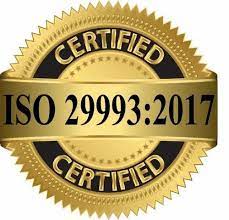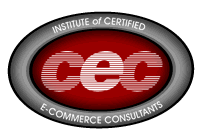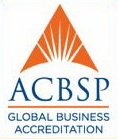|
CPRM ‐ Certified Project Risk Manager Course Outlines
Overview As most projects are unique undertakings, events are said to be certain if the probability of their occurrence is 100% or total uncertain if the probability of occurrence is 0%. In between these extremes the uncertainty varies quite widely. The program aims to build up/Improve understanding of uncertainty and risks, principles and best practices of project management and the essential requirements for risks to be successfully accounted for and managed. Who should attend? • Project Managers and team members who already work in a well-established project management environment but wish to improve their project risk management processes. • Members of a project team looking to “jump-start” their risk management on a new and risky project. How will this course benefit you? Upon completion you will be able to: • Value the importance of including risk management in project planning and execution. • Apply a common framework of project risk management. • Facilitate team discussions to identify project risks and opportunities, and formulate risk responses. • Use expected monetary value. • Analyze risks and select response strategies appropriate to priorities and organization risk tolerances. Program Outlines AAPM Certified Project Risk Manager CPRM credential is a response to project management s increasing growth, complexity and diversity. Globally recognized and demanded, CPRM fills the need for a specialist role in project risk management. It recognizes your unique expertise and competency in assessing and identifying project risks, mitigating threats and capitalizing on opportunities, while still possess a baseline knowledge and practical application in all areas of project management. An individual who pass the examination can apply post nominal credential CPRM after his/ her name in resumes and business cards that indicate that the individual possess the competencies and knowledge in performing the role as a Certified Project Risk Manager. Chapter 1: Introduction to Project Risk Management Chapter 2: Risk Management Planning Chapter 3: Identifying Project Risk Chapter 4: Developing the Risk Register Chapter 5: Qualitative Risk Analysis Chapter 6: Quantitative Risk Analysis Chapter 7: Risk Response Strategies Certification Summary and Practice Questions Chapter 8: Risk Monitoring and Control |

|
|
|
|
|
Join our over 10,000 Global Members Online SIS Certification Sanctioned for ISO 29993 & 21001 AAPM ® is in alliance with the CEC Certified e-Commerce Consultants which has been offering e-business certification for about 20 years.
|






